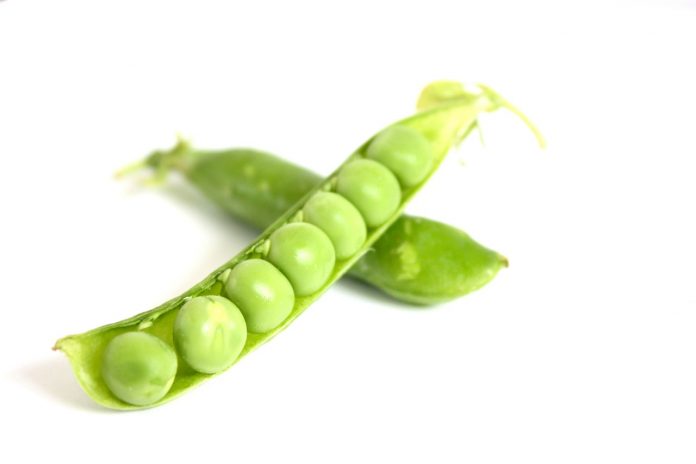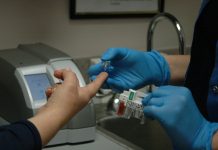
fiber, 30 to 60 minutes of
exercise daily and lose weight if recommended.
LDL (low density lipoproteins) cholesterol is the fat that sticks to the blood vessel walls and blood levels are increased by trans fat, saturated fat and cholesterol in the food you eat. Tree nuts such as pecans, walnuts and almonds are a good source of monounsaturated fats and
omega 3 fatty acids. Simple sugars consumed as fruits won’t increase your LDL.
VLDL (very low density lipoproteins) are mostly triglycerides, which are increased by alcohol and sweets (cakes, pies, cookies and frozen desserts like ice cream and sherbet). Fructose is a simple sugar, usually found in fruits. Fructose is also sold as a calorie containing powdered sweetener that can be added to beverages and foods. Initially, it was suggested that fructose could be used by people with diabetes because it did not stimulate insulin secretion. However, fructose does not stimulate leptin production either and together with insulin they regulate satiety (feeling satisfied after a meal), food intake and body weight. Metabolism of fructose by the liver favors the production of fat. As with other simple sugars, excessive use can increase blood triglycerides and VLDL levels. So the use of added fructose by persons with diabetes is not recommended.
One piece of hard candy will not in itself raise normal fasting blood glucose (70 – 105 milligrams per deciliter) to 170. You need additional blood tests to determine if you have diabetes. What did your doctor recommend?
I would recommend the following changes to lower your blood glucose. Control carbohydrate to 30 to 45 grams per meal. Eat 3 meals per day. Loose weight, which should decrease any insulin resistance you have because of overweight. You should see a registered dietitian to work out an eating plan that will address your elevated blood cholesterol and glucose.
Artificial sweeteners periodically come under attack by various people questioning their safety. Aspartame, Saccharin, acesulfame K, neotame and sucralose,are currently considered safe to use based on current research and by the Food and Drug Association. Here is a list of artificial sweeteners from the National Institute of Health. Sorbitol, manitol and xylitol are often used to sweeten candy or gum. Carbonated beverages and sugar-free gum usually contains aspartame (NutraSweet), acesulfame K (Sunett), sucralose (Splenda) or sorbitol and manitol. Saccharin is found in many artificial sweetened foods in the United States.



